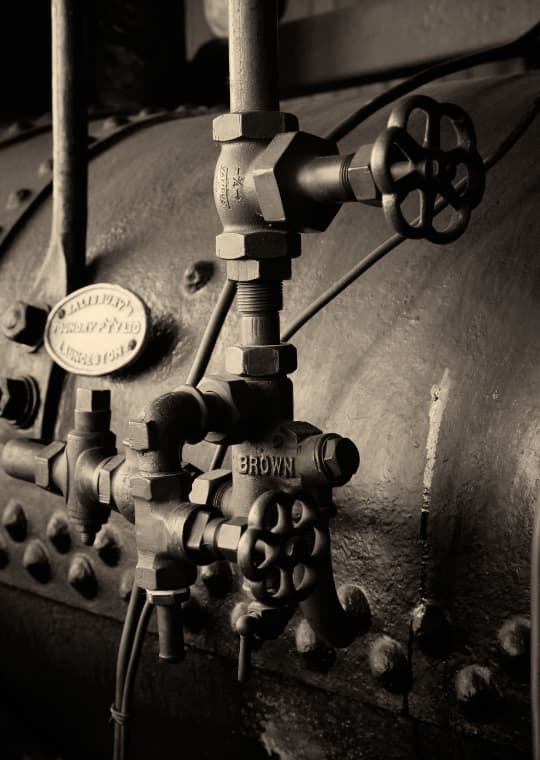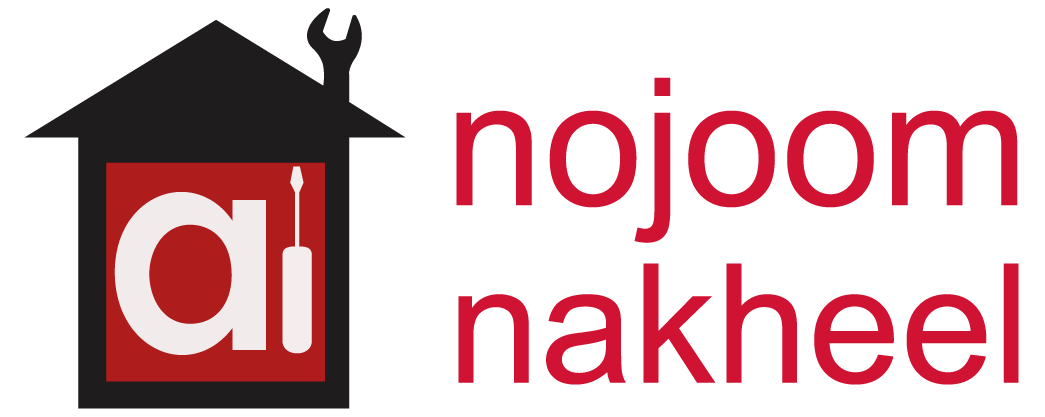PLUMBING
Plumbing is a system of pipes, fixtures, valves, and other components designed to transport fluids, primarily water, for various applications in residential, commercial, and industrial settings.
PLUMBING Services

What is Plumbing?
Plumbing is a system of pipes, fixtures, valves, and other components designed to transport fluids, primarily water, for various applications in residential, commercial, and industrial settings. It encompasses the installation, maintenance, and repair of systems that provide clean water supply, remove wastewater, and ensure proper drainage.
Key Components of Plumbing Systems:
- Water Supply System:
- Delivers clean, potable water for drinking, cooking, cleaning, and other uses.
- Includes pipes, pumps, and valves that transport water from a source (e.g., municipal supply or well) to buildings.
- Drainage and Wastewater System:
- Removes used water and waste from sinks, toilets, showers, and appliances.
- Includes drainpipes, traps, and vents to ensure proper flow and prevent blockages.
- Fixtures and Appliances:
- Devices that use water, such as sinks, faucets, toilets, showers, bathtubs, water heaters, and washing machines.
- Gas Plumbing (Optional):
- Involves the installation of pipes and fittings to transport natural gas or propane for heating, cooking, and other applications.
How Plumbing Systems Work:
- Water Supply: Water enters a building through a main supply line and is distributed to various fixtures via a network of pipes.
- Drainage: Wastewater flows through drainpipes, which are designed to carry it away from the building and into a sewer or septic system.
- Ventilation: Vent pipes allow air to enter the plumbing system, maintaining proper pressure and preventing traps from being siphoned dry.
Importance of Plumbing Systems:
- Access to Clean Water: Ensures a safe and reliable supply of clean water for drinking, cooking, and hygiene.
- Sanitation: Removes wastewater and sewage, preventing contamination and the spread of diseases.
- Convenience: Provides essential services like hot water, efficient drainage, and gas supply.
- Health and Safety: Proper plumbing systems prevent waterborne illnesses and gas leaks, ensuring a safe living and working environment.
Applications of Plumbing Systems:
-
Access to Clean Water: Ensures a safe and reliable supply of clean water for drinking, cooking, and hygiene.
-
Sanitation: Removes wastewater and sewage, preventing contamination and the spread of diseases.
-
Convenience: Provides essential services like hot water, efficient drainage, and gas supply.
-
Health and Safety: Proper plumbing systems prevent waterborne illnesses and gas leaks, ensuring a safe living and working environment.
Types of Plumbing Work:
Skills of Plumbing Services
Skilled in addressing leaks and resolving plumbing issues across all components of your plumbing system, including:
- Sanitary Drainage Systems
- Storm Drainage Systems
- Potable Water Mains and Valves
- Bulk Potable Fire Water Storage Systems
- Equipment Pads, Sound, and Vibration Control Systems
- Plant Room Equipment (Boilers, Chillers, Heat Exchangers, and Cooling Towers)
- Water Treatment and Softener Plants
- MEP Services for External Works
- MEP Services and Equipment for Internal and External Water Features
Plumbing Services Overview
Plumbing systems are essential for the efficient and safe distribution of water, waste removal, and fire protection in residential, commercial, and industrial buildings. Professional plumbing services ensure the proper installation, maintenance, and repair of these systems, addressing issues such as leaks, blockages, and inefficiencies. Below is a detailed breakdown of the key plumbing services:
Fixing Leaks and Solving Plumbing Problems
- Leak Detection: Using advanced tools like acoustic sensors and thermal imaging to locate hidden leaks.
- Pipe Repairs: Fixing leaks in pipes, joints, and fittings using appropriate techniques (e.g., patching, sealing, or replacement).
- Blockage Removal: Clearing clogs in drains and pipes using hydro-jetting, snaking, or chemical treatments.
- Preventive Maintenance: Regular inspections and maintenance to prevent leaks and other issues.
Sanitary Drainage System
- Installation: Setting up pipes and fixtures for waste removal from sinks, toilets, showers, and other sanitary appliances.
- Ventilation: Installing vent pipes to prevent sewer gases from entering the building and ensure proper drainage flow.
- Maintenance: Cleaning and inspecting drains to prevent blockages and ensure smooth operation.
- Repairs: Fixing broken or damaged pipes, joints, and fixtures.
Storm Drainage System
- Design and Installation: Creating systems to manage rainwater runoff, including gutters, downspouts, and underground drainage pipes.
- Flood Prevention: Ensuring proper slope and capacity to handle heavy rainfall and prevent flooding.
- Maintenance: Clearing debris and blockages from gutters and drains to maintain functionality.
Potable Water Mains and Valves
- Installation: Setting up pipes and valves for the distribution of clean, drinkable water throughout the building.
- Pressure Regulation: Installing pressure-reducing valves to maintain safe water pressure levels.
- Leak Repairs: Fixing leaks in water mains and valves to prevent water loss and damage.
- Backflow Prevention: Installing backflow prevention devices to protect the potable water supply from contamination.
Bulk Potable Fire Water Storage Systems
- Tank Installation: Setting up large storage tanks for firefighting water supply.
- Piping and Pumping: Installing pipes and pumps to deliver water to fire hydrants and sprinkler systems.
- Maintenance: Regular inspection and cleaning of tanks and pipes to ensure readiness in case of emergencies.
Equipment Pads, Sound, and Vibration Control Systems
- Equipment Pads: Installing concrete or rubber pads to support plumbing equipment and reduce vibration.
- Soundproofing: Adding insulation or enclosures to minimize noise from pumps and other equipment.
- Vibration Control: Using isolators and dampers to reduce vibration transmission to the building structure.
Plant Room Boilers, Chillers, Heat Exchangers, and Cooling Towers
- Installation: Setting up and connecting boilers, chillers, heat exchangers, and cooling towers to the plumbing system.
- Maintenance: Regular cleaning, inspection, and servicing to ensure efficient operation.
- Repairs: Fixing leaks, replacing worn-out components, and optimizing performance.
Water Treatment Softener Plants
- Installation: Setting up water softeners to remove hardness-causing minerals from the water supply.
- Maintenance: Replacing resin beads, cleaning tanks, and ensuring proper operation.
- Water Quality Testing: Regularly testing water quality to ensure the system is functioning effectively.
MEP Services to External Works
- Coordination: Integrating plumbing systems with mechanical, electrical, and plumbing (MEP) services for external infrastructure.
- Installation: Setting up water supply, drainage, and fire protection systems for external areas like parking lots, landscaping, and outdoor facilities.
- Maintenance: Ensuring external plumbing systems are functional and free from damage.
MEP Services and Equipment for Internal and External Water Features
- Design and Installation: Setting up plumbing systems for fountains, pools, and other water features.
- Pumping and Filtration: Installing pumps and filters to maintain water circulation and quality.
- Lighting and Controls: Integrating electrical and control systems for automated operation.
- Maintenance: Regular cleaning, inspection, and repair of water features to ensure functionality and aesthetics.
Benefits of Professional Plumbing Services
- Reliability: Proper installation and maintenance ensure long-lasting performance.
- Efficiency: Optimized systems reduce water and energy consumption.
- Safety: Preventing leaks and contamination protects health and property.
- Cost Savings: Timely repairs and maintenance prevent costly breakdowns.
- Compliance: Ensuring systems meet local building codes and regulations.
Applications of Plumbing Services
- Residential: Homes, apartments, and villas.
- Commercial: Offices, malls, and hotels.
- Industrial: Factories, warehouses, and production plants.
- Institutional: Schools, hospitals, and government facilities.
- Specialized: Water features, fire protection systems, and external infrastructure.
Professional plumbing services are essential for maintaining the functionality, safety, and efficiency of water and waste systems in any building. From installation and maintenance to repairs and upgrades, these services ensure optimal performance and compliance with industry standards.
